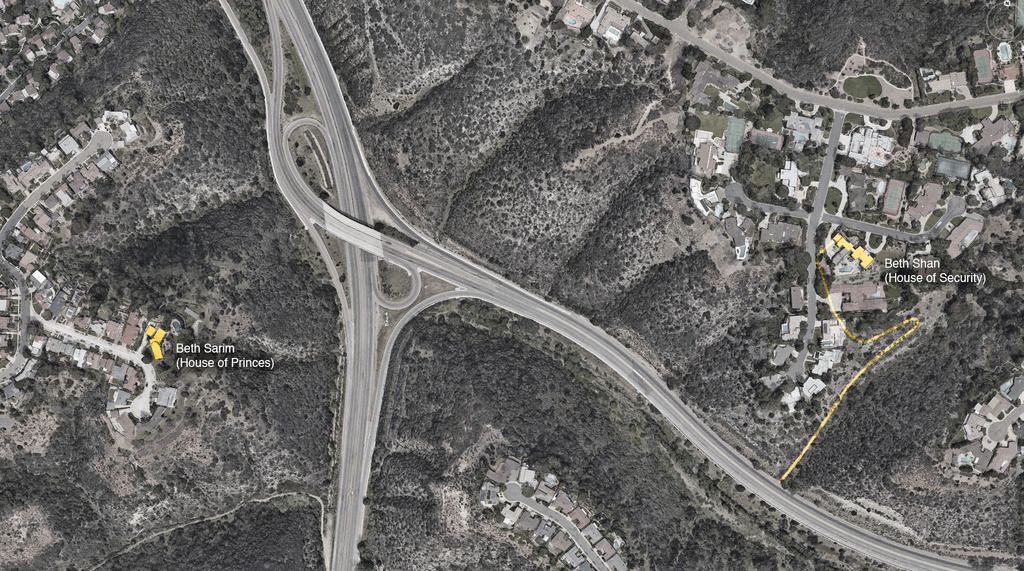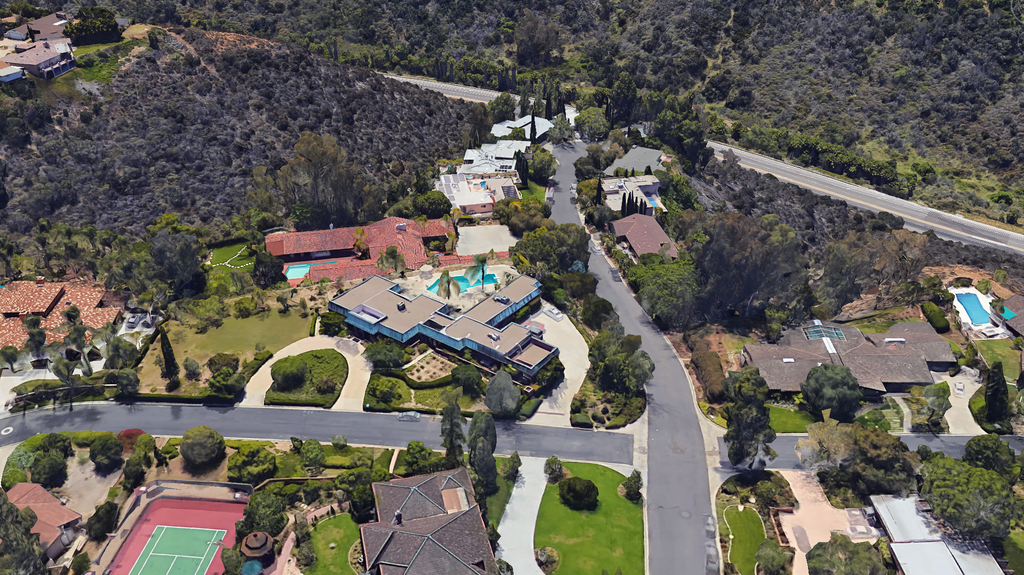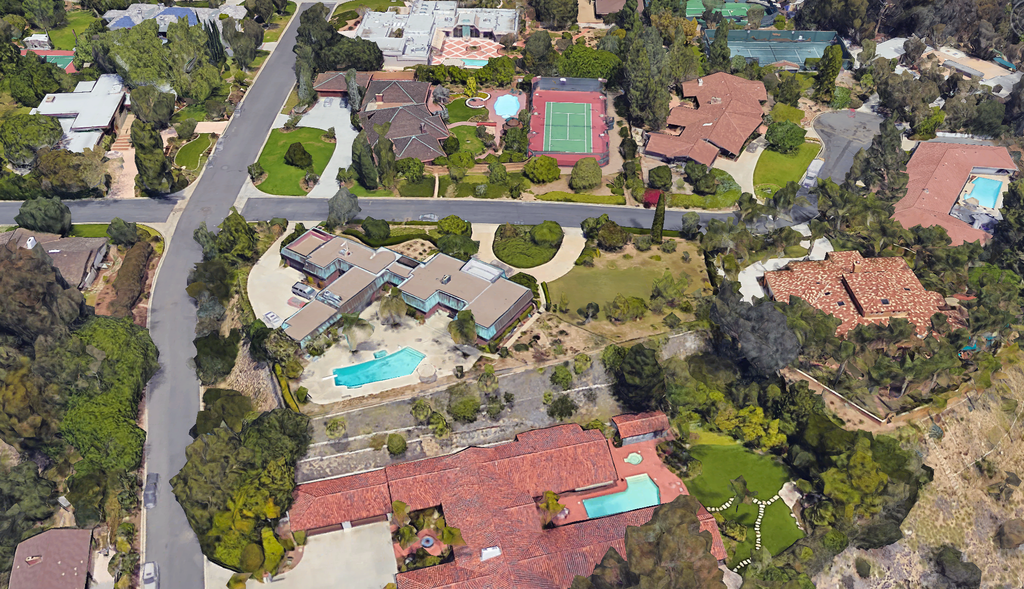@ Finkelstein
Someone on this forum, years ago, claimed to have visited the basement and said it wasn't a bomb shelter. If it wasn't a bunker, what was it?
- The original access was a small hatch hidden in a washroom behind a garage (see interview recorded by Edmond C Gruss). A storage basement would usually have an easier access point. Also, during construction, a road/ramp was dug down to the basement level that was filled in afterwards, seemingly to conceal the construction rather than provide ongoing access to a doorway.
- The construction is very similar to air raid shelters of the day (WWII style, pre H-bomb).
- Ventilation shafts were concealed from the exterior. Today, they exit beneath concrete 'tables' of some sort. Hard to verify if that is original. Nothing visible in early photos.
- Why would a personal bomb shelter need to be concealed? Did it double as a hiding place from 'persecution'? If a secret hiding place, why film its construction?
- Earliest accounts from visitors call it a "bomb shelter". So does current scholarship by San Diego architectural historians.
@ Crazyguy
Film footage from the construction of Beth Shan shows Rutherford directing the placement of water tanks and 'working' in the fields behind the house. The same footage also shows him enjoying the long-since completed Beth Sarim across the valley.




